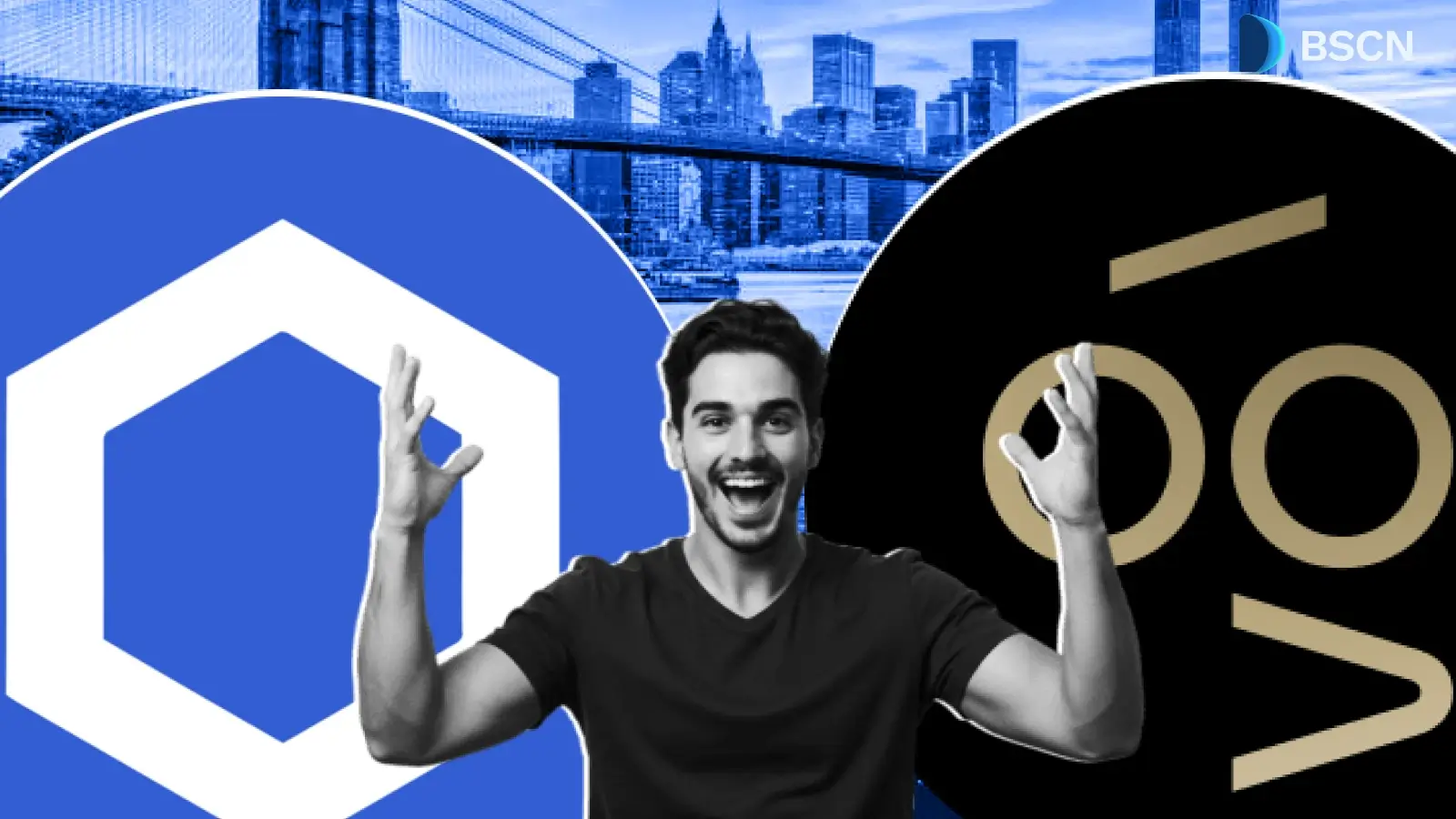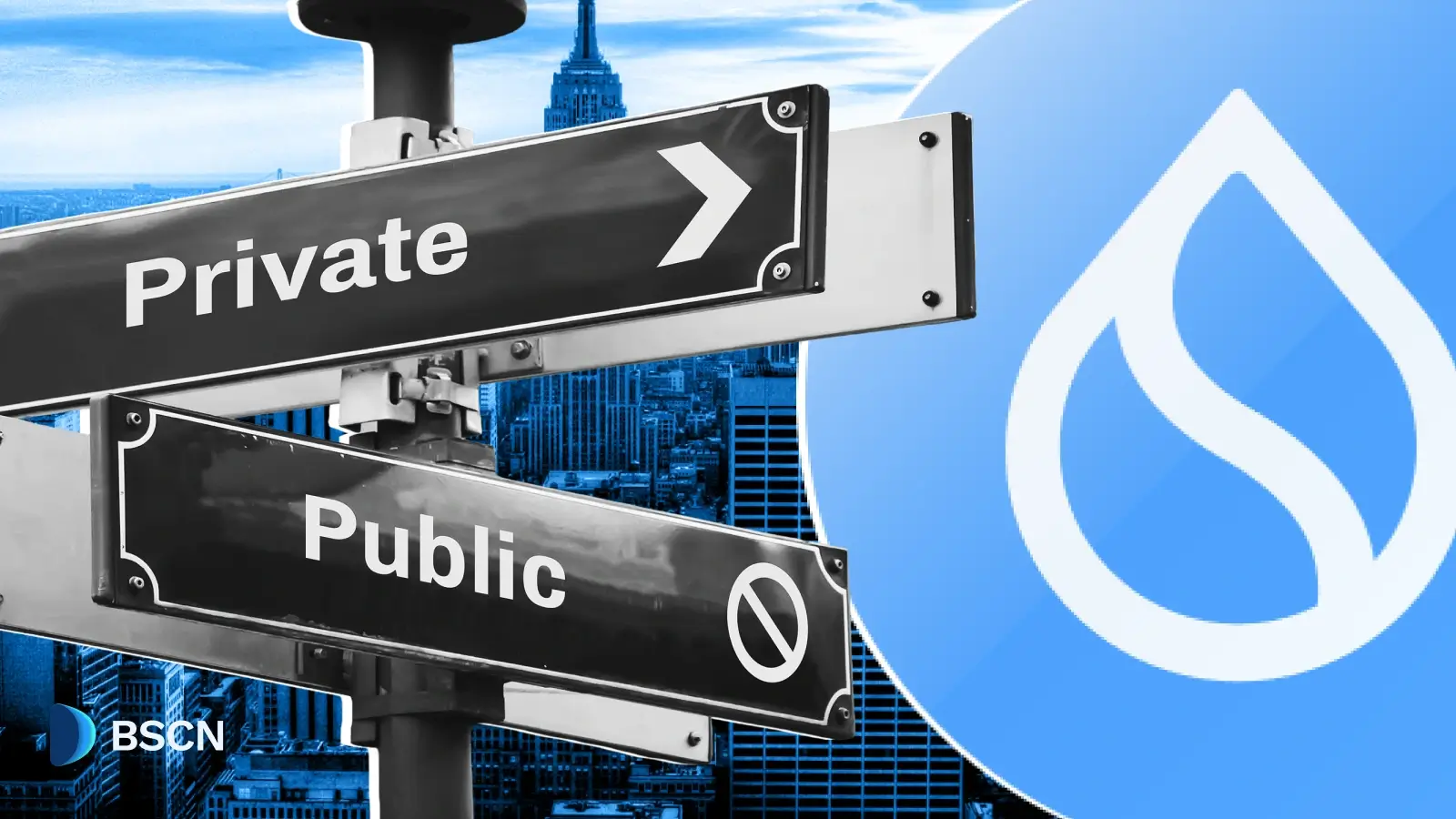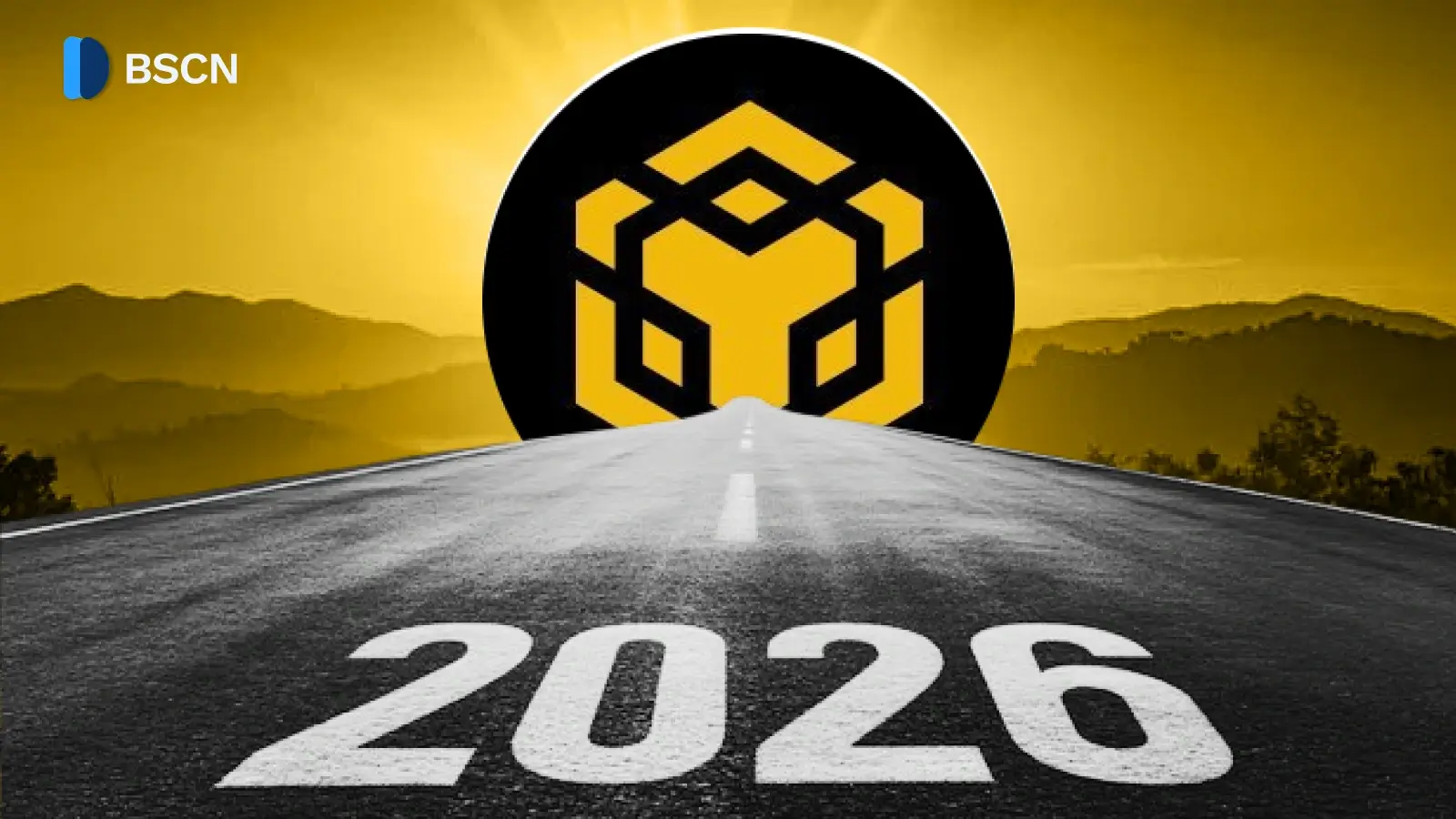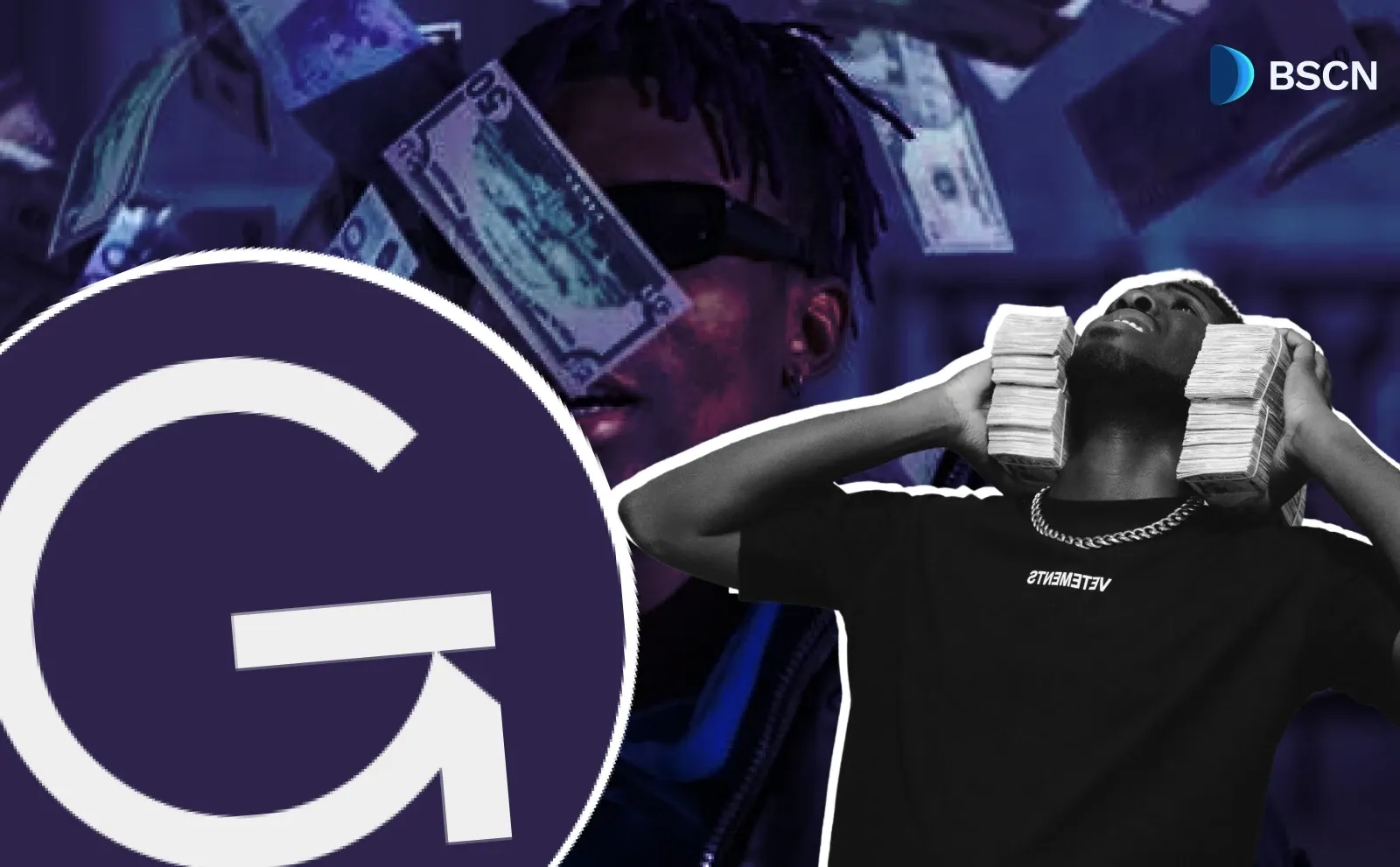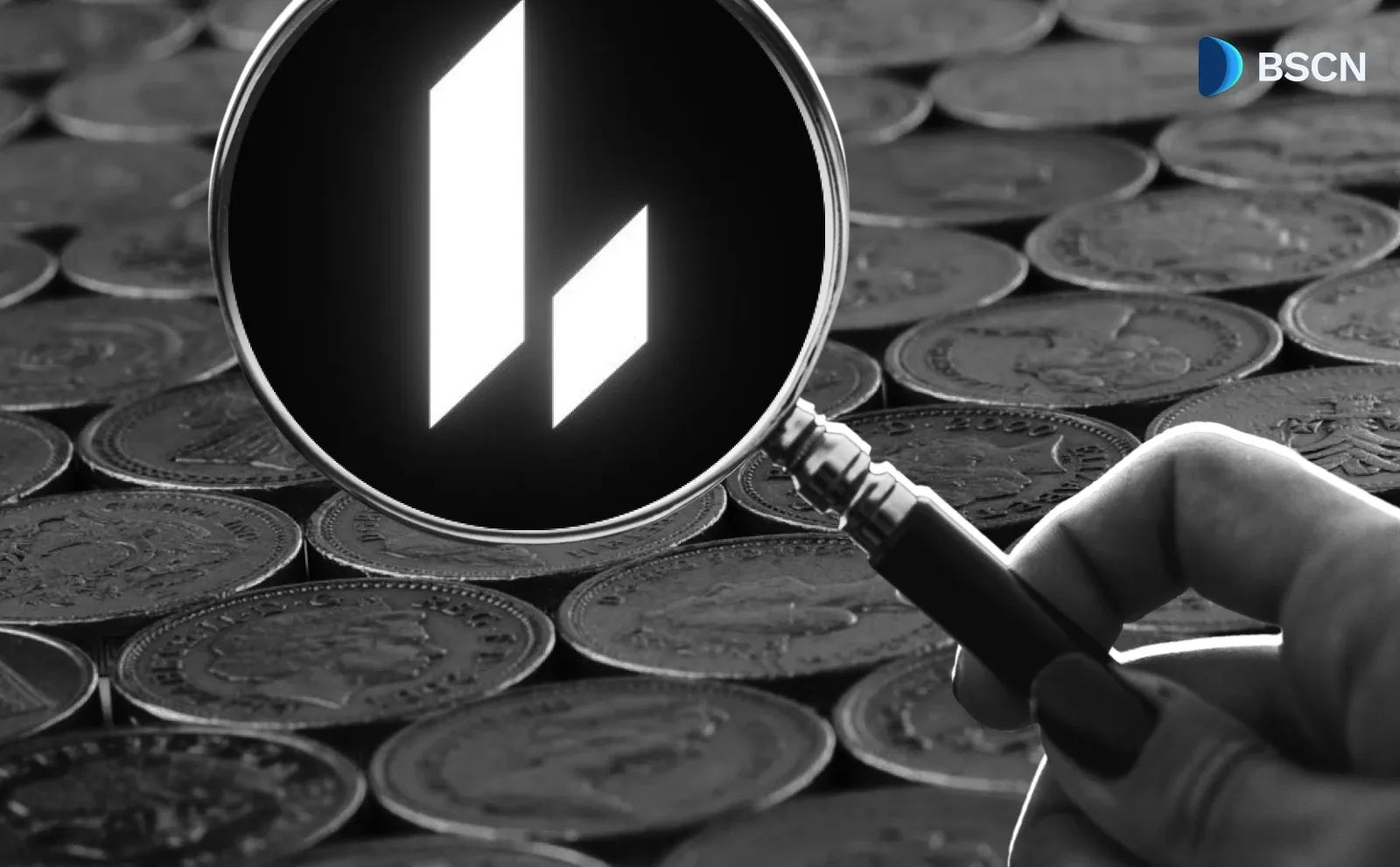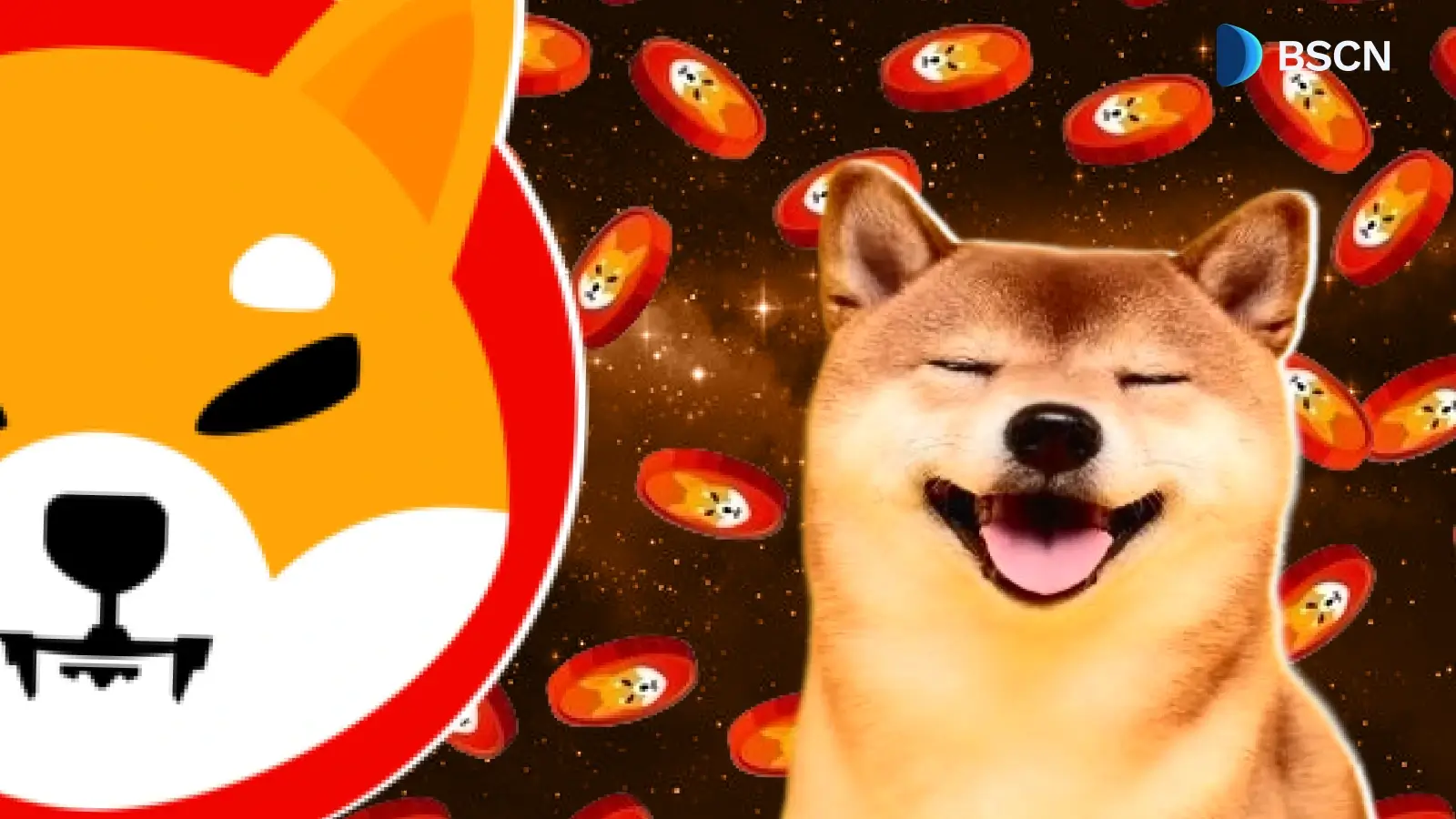Deepdive
(Advertisement)
What is Render Network ($RENDER) and How Does It Work?

Complete guide to Render Network and $RENDER token. Learn how this decentralized GPU computing platform powers 3D rendering, AI, and creative workflows in 2025.
Crypto Rich
July 10, 2025
(Advertisement)
Table of Contents
Render Network ($RENDER) is a decentralized GPU computing marketplace that connects creators needing high-performance rendering with GPU owners monetizing their idle hardware. Originally launched as RNDR on Ethereum in 2017 and migrated to Solana in 2023, the platform enables 3D artists, VFX professionals, and AI developers to access professional-grade rendering power at competitive prices without massive hardware investments. The $RENDER token handles all transactions through a Burn-and-Mint Equilibrium system while giving holders governance rights over network decisions.
The creative industry has a problem. High-performance GPU computing costs a fortune, yet professional 3D rendering, AI development, and visual effects work demand exactly that kind of power. From Hollywood VFX artists to indie game developers, most creators simply can't afford the hardware they need.
Render Network tackles this challenge head-on. It creates a marketplace where GPU owners can monetize their idle computing power while creators get access to professional-grade rendering at competitive prices. Think of it as Airbnb for computer processing power.
But there's more to it than just cost savings. This platform represents a shift from centralized cloud services to community-owned infrastructure. The $RENDER token handles all transactions while giving holders a voice in the network's future. As AI and immersive content creation explode in popularity, understanding how Render Network works becomes crucial for creators, investors, and tech professionals alike.
This guide breaks down the platform's technical workings, economics, real-world uses, and position in the fast-moving world of decentralized infrastructure.
What is Render Network?
Render Network connects people who own powerful GPUs with creators who need that computing muscle. It's a peer-to-peer platform where computational work flows from artists to available GPU nodes around the world. Instead of relying on big tech companies' data centers, it taps into a global network of individual GPU owners.
How It All Started
Jules Urbach, CEO of OTOY, Inc., first imagined this distributed GPU network back in 2009. The idea took years to mature, with Urbach filing a patent for "token-based rendering" in 2010 that laid the technical foundation for the platform. In October 2017, the project launched its first public token sale as RNDR on Ethereum. After extensive testing from 2018 to 2020, the network officially opened to the public on April 27, 2020.
The story took an important turn in March 2023. The community voted to move from RNDR on Ethereum to $RENDER on Solana. Why make the switch? Faster transactions, lower costs, and better compatibility with other infrastructure projects. The migration marked a major technical upgrade that improved user experience while keeping the platform secure and decentralized.
Who Runs the Show
The Render Network Foundation, a non-profit organization, maintains the core technology and helps the community grow. This setup ensures the network stays community-controlled while encouraging adoption across media, entertainment, and tech industries.
Here's where it gets interesting: community members actually govern the network through something called Render Network Proposals (RNPs). Token holders vote on upgrades and changes through Snapshot voting. Recent successful proposals include:
- RNP-002 for the Solana migration
- RNP-001 for the economic model
- RNP-014 for Blender integration
- RNP-016 for Arnold Render support
With over 15 RNPs now documented on GitHub, the community actively drives platform evolution through transparent governance processes.
Who Uses This Technology
The platform serves several industries. Motion graphics artists use it for complex animations. Architects render detailed visualizations. VFX professionals handle movie and TV effects. AI developers run machine learning tasks. Even metaverse builders tap into the network for spatial computing projects.
Integration partnerships enable diverse creative workflows:
AI Tools:
- Stability AI: Powers Stable Diffusion models for AI image generation
- Runway: Enables AI-driven video editing and content creation
- Luma Labs: Provides Dream Machine for text-to-video and 3D neural rendering
Render Engines:
- OctaneRender: Primary GPU render engine using ORBX format
- Redshift: Biased GPU rendering (open beta)
- Blender Cycles: Full integration launched May 2025
The $RENDER Token and Its Role
$RENDER is the cryptocurrency that powers everything on the network. Originally launched as RNDR on Ethereum, it moved to Solana in 2023 for better performance and lower fees.
Three Ways the Token Works
First, it handles payments. Users buy rendering services with $RENDER tokens. Though the platform accepts regular money through PayPal or Stripe, it converts those payments to $RENDER behind the scenes.
Second, it rewards GPU providers. When someone completes a rendering job, they earn $RENDER tokens as payment.
Third, it enables voting. Token holders can vote on network changes and upgrades through the governance system.
The Economics Behind It
Render Network uses something called Burn-and-Mint Equilibrium (BME). Here's how it works: when users pay for rendering, those $RENDER tokens get permanently destroyed. At the same time, the network creates new tokens to pay the GPU providers who did the work.
This system keeps things balanced. It prevents inflation while making sure both users and providers have good incentives to participate. No tokens sit around unused, and the network stays economically healthy.
Current Numbers
As of July 10, 2025, $RENDER shows strong market activity:
- Price: $3.50 USD
- Daily Volume: $102.45 million
- Market Cap: $1.81 billion
- CoinMarketCap Ranking: #49
- Circulating Supply: 518.12 million tokens
- Maximum Supply: 644.16 million tokens
Note: Market data subject to change; check CoinMarketCap for current figures.
How Does Render Network Work?
Think of the platform as a digital marketplace where rendering jobs travel from creators to available GPUs worldwide. This setup delivers faster results than local computers while keeping costs competitive with traditional cloud services.
What Artists Do
Creators start by creating a free OTOY account at account.otoy.com, then prepare their 3D scenes in familiar software like Cinema 4D or Blender. Most workflows require exporting these as ORBX files using OctaneRender or compatible plugins, though Blender Cycles integration provides direct access without requiring OctaneRender. The system checks each scene for compatibility during upload to avoid technical problems later.
Next, artists log into the web portal at render.x.io. They upload their scenes and set parameters like resolution, frame range, and quality levels. A built-in cost estimator predicts pricing based on how complex the scene is. This helps creators budget before they commit to anything.
Once rendering starts, jobs spread across multiple nodes with end-to-end encryption protecting the work. Blockchain-based smart contracts on the Solana blockchain verify job completion and ensure data security through cryptographic proofs. Artists get watermarked previews to review. They can approve good frames or reject ones that don't meet standards. When everything looks right, they download the final high-resolution files.
How GPU Owners Participate
GPU providers start by applying at renderfoundation.com/gpu with their hardware specifications. They need specific hardware: CUDA-enabled NVIDIA GPUs with at least 6GB VRAM (8GB+ recommended for optimal performance), 32GB of system RAM, and solid internet speeds. Check know.rendernetwork.com for the latest hardware requirements, as specifications may evolve with new workloads.
Note: As of July 2025, new Compute Client node applications are temporarily paused, with reopening expected in late October. Traditional rendering node applications remain active.
After approval, operators install the client software and connect their Solana wallets for payments. The system tests each GPU's performance to figure out what kinds of jobs it can handle and how much it should earn.
Once active, nodes automatically receive rendering tasks and earn $RENDER tokens for completed work. The platform uses a "Proof of Render" reputation system where both creators and node operators build scores based on successful job completion and quality approval. This creates quality incentives throughout the network. Operators can pause anytime to use their GPUs for personal projects, providing flexibility to balance earning passive income with their own computing needs.
Software That Works Together
The platform supports industry-standard render engines including OctaneRender, Redshift, and Blender Cycles. Blender Cycles launched publicly in May 2025 after a successful beta phase, now providing full access to millions of Blender users worldwide. Direct plugin integration enables seamless job submission from familiar creative workflows without requiring new software adoption.
But it's expanding beyond traditional rendering. Partnerships with companies like Runway, Stability AI, and Luma Labs bring generative AI capabilities. For example, artists can use the network to power Stable Diffusion models for generating high-resolution images or Runway for AI-driven video editing. The ORBX file format ensures compatibility across tools, allowing creators to submit jobs from diverse platforms without reformatting. This positions Render Network at the crossroads of creative tools and artificial intelligence development.
Key Features and Benefits
Speed and Scale Advantages
Distributed processing across hundreds of nodes delivers rendering speeds impossible with local workstations or small render farms. Complex scenes that take days on individual machines finish in hours through parallel processing across the global compute marketplace.
Smart algorithms match jobs to the right hardware based on scene requirements and node capabilities. The network uses a tiered system where higher-performance GPUs handle complex tasks to ensure speed and quality. Artists can choose from multiple pricing tiers (Tier 1-3) based on their preferences for speed, cost, and security, with Tier 1 offering premium verified nodes and Tier 3 providing budget-friendly options with longer processing times.
Economic Benefits
The pay-per-minute model eliminates big upfront hardware costs and monthly subscriptions. Pricing stays fixed in regular currencies like USD and EUR, protecting users from crypto volatility while keeping project costs predictable.
Users only pay for actual rendering time. No waste from idle capacity that hits traditional infrastructure investments hard. This efficiency especially helps freelancers and small studios with unpredictable workloads.
Breaking Down Barriers
The platform removes traditional obstacles to professional-grade computing power. Creators can focus on their artistic vision instead of managing technical infrastructure. Freelancers get the same rendering capabilities as major studios without massive capital investments.
Blockchain technology ensures transparent, automated transactions between users and GPU providers without intermediaries. Smart contracts handle payment distribution and job verification, creating trust in a peer-to-peer environment.
Who Uses Render Network?
The User Base
The platform attracts freelancers, hobbyists, and professional studios across graphic design, 3D modeling, animation, visual effects, and AI development sectors. Motion graphics artists, architectural visualization specialists, and VFX professionals represent core user segments requiring scalable rendering power for complex projects.
With the public launch of Blender Cycles integration in May 2025, millions of Blender users worldwide now have access to the network's decentralized GPU rendering capabilities. The integration includes comprehensive documentation, tutorial resources, and native .blend file support to streamline workflows. AI developers increasingly use the network for machine learning tasks and generative content creation as the platform expands beyond traditional rendering applications.
Industry Powerhouse Backing
Render Network's credibility comes from unprecedented industry backing at the highest levels. The advisory board reads like a who's who of entertainment and technology:
Advisory Board:
- Ari Emanuel: Co-CEO of Endeavor Group (owns WME, UFC, Miss Universe)
- JJ Abrams: Director of Star Wars, Star Trek, Lost - Hollywood's biggest franchises
- Beeple (Mike Winkelmann): Digital artist who sold NFT for $69 million at Christie's
- Brendan Eich: Creator of JavaScript and founder of Brave browser
Major Media Partners:
- Disney: The world's largest entertainment conglomerate
- HBO: Premium content leader (Game of Thrones, House of Dragon)
- Unity: Powers majority of mobile games and AR/VR experiences
Technology Giants:
- Apple: Partnership signals serious enterprise adoption
- NVIDIA: The GPU leader endorsing decentralized competition to their own cloud services
This isn't typical crypto project endorsement - these are industry titans who stake their reputations on platforms they believe will reshape digital content creation. When the CEO of Hollywood's most powerful talent agency and the director of Star Wars both advise your platform, it signals transformational potential rather than speculative technology.
Current Market Position and Future Potential
Where It Stands Competitively
Render Network holds a strong position in decentralized computing. It competes against centralized providers like CoreWeave and emerging infrastructure projects. The focus on creative industries sets it apart from general-purpose computing platforms while building defensible market share.
Consistent technical development and major industry partnerships support its competitive position. Integration with leading creative tools creates switching costs for users while expanding the market beyond traditional rendering applications.
Growth Opportunities
Rising demand for AI computing, metaverse development, and immersive media creation sets up Render Network for significant expansion. CEO Jules Urbach envisions a "photon-driven economy" that aligns with broader trends toward decentralized infrastructure and blockchain services.
Integration with generative AI tools expands the addressable market beyond traditional rendering into machine learning and AI development. This diversification reduces dependence on creative industry cycles while accessing faster-growing technology sectors.
Challenges Ahead
The platform faces competition from centralized providers like CoreWeave and other DePIN projects entering the decentralized computing space. Success depends on attracting large-scale corporate demand while maintaining competitive pricing and performance.
However, strategic partnerships with companies like Apple and NVIDIA strengthen Render Network's competitive position. Unlike centralized providers, Render's decentralized model avoids single points of failure, enhancing reliability for global users. The platform's focus on creative industries provides differentiation from general-purpose computing platforms.
Conclusion
Render Network addresses fundamental infrastructure challenges in digital creation through decentralized GPU computing, but what sets it apart is unprecedented industry backing. When Hollywood directors like JJ Abrams, entertainment moguls like Ari Emanuel, and tech giants like Apple and NVIDIA stake their reputations on a platform, it signals genuine transformational potential.
The platform's Burn-and-Mint Equilibrium tokenomics create sustainable economic incentives while the $RENDER token enables community governance and transparent transactions. The migration to Solana improved performance while maintaining the security and decentralization that differentiate it from centralized alternatives.
With partnerships spanning from Disney and HBO to cutting-edge AI companies like Stability AI and Runway, Render Network bridges traditional media production with next-generation creative tools. The platform's evolution from rendering toward AI and machine learning positions it strategically as creative and computing demands accelerate.
This isn't just another blockchain project - it's infrastructure that major studios, tech giants, and creative pioneers are actively building their futures on.
For more information, visit rendernetwork.com or follow @RenderNetwork on X for the latest updates.
Sources
Read Next...
Frequently Asked Questions
How much does it cost to use Render Network for 3D rendering?
Render Network uses a pay-per-minute pricing model with costs varying by scene complexity and chosen tier. The platform offers three pricing tiers: Tier 1 (premium verified nodes), Tier 2 (balanced speed and cost), and Tier 3 (budget-friendly with longer processing times). Pricing remains fixed in USD/EUR to protect against crypto volatility, with a built-in cost estimator helping creators budget before starting jobs.
What hardware requirements do I need to become a GPU provider on Render Network?
GPU providers need CUDA-enabled NVIDIA GPUs with at least 6GB VRAM (8GB+ recommended), 32GB system RAM, and stable internet connectivity. New Compute Client node applications are temporarily paused until late October 2025, though traditional rendering node applications remain active. Approved operators earn $RENDER tokens for completed work and can pause anytime for personal GPU use
Which software and render engines work with Render Network?
The platform supports OctaneRender, Redshift, and Blender Cycles (launched May 2025). Artists can submit jobs directly from Cinema 4D, Blender, and other 3D software using native plugins. The network also integrates with AI tools like Stability AI, Runway, and Luma Labs for generative content creation, expanding beyond traditional rendering into machine learning applications.
Disclaimer
Disclaimer: The views expressed in this article do not necessarily represent the views of BSCN. The information provided in this article is for educational and entertainment purposes only and should not be construed as investment advice, or advice of any kind. BSCN assumes no responsibility for any investment decisions made based on the information provided in this article. If you believe that the article should be amended, please reach out to the BSCN team by emailing [email protected].
Author
 Crypto Rich
Crypto RichRich has been researching cryptocurrency and blockchain technology for eight years and has served as a senior analyst at BSCN since its founding in 2020. He focuses on fundamental analysis of early-stage crypto projects and tokens and has published in-depth research reports on over 200 emerging protocols. Rich also writes about broader technology and scientific trends and maintains active involvement in the crypto community through X/Twitter Spaces, and leading industry events.
(Advertisement)
Latest News
(Advertisement)
Crypto Project & Token Reviews
Project & Token Reviews
Comprehensive reviews of crypto's most interesting projects and assets
Learn about the hottest projects & tokens
Latest Crypto News
Get up to date with the latest crypto news stories and events





